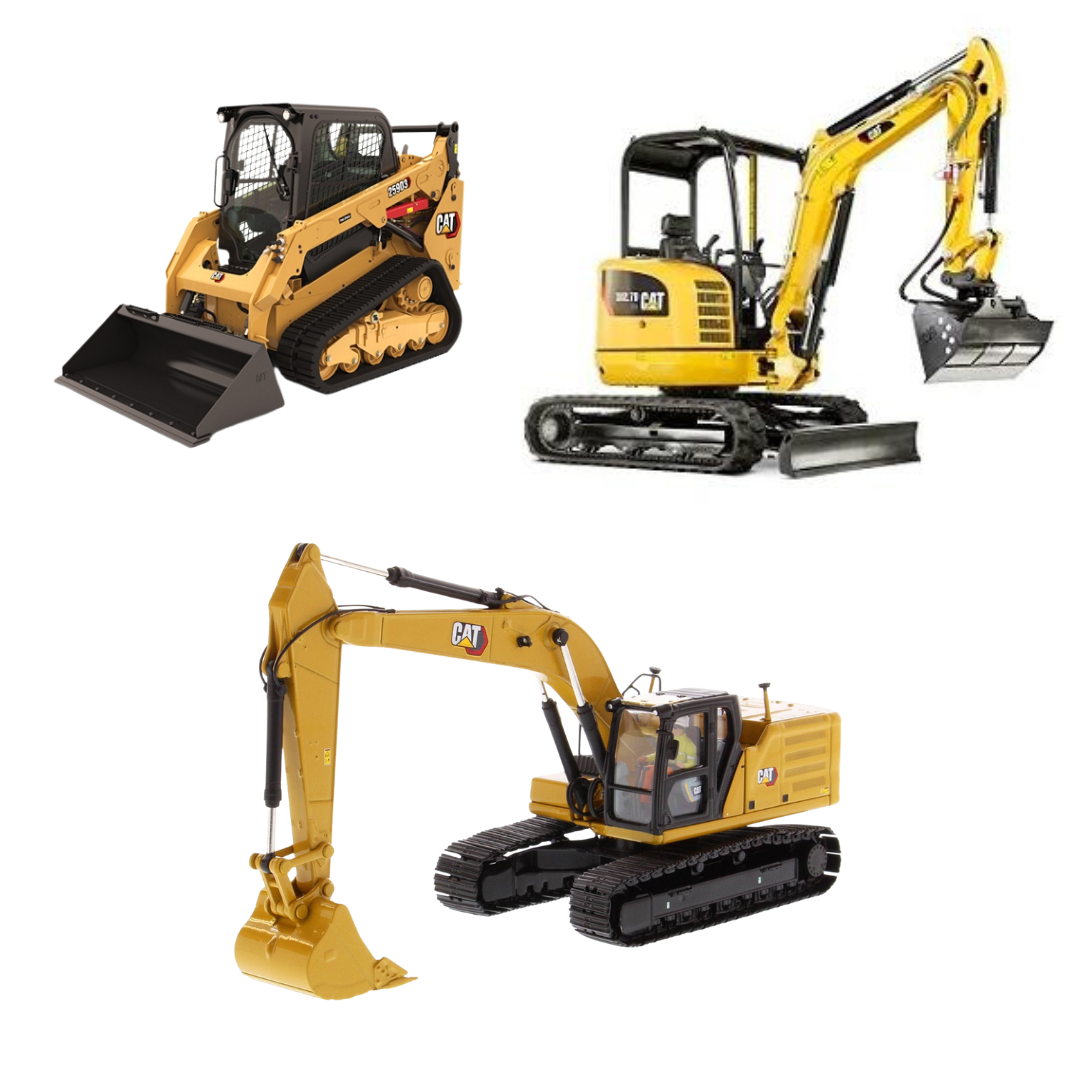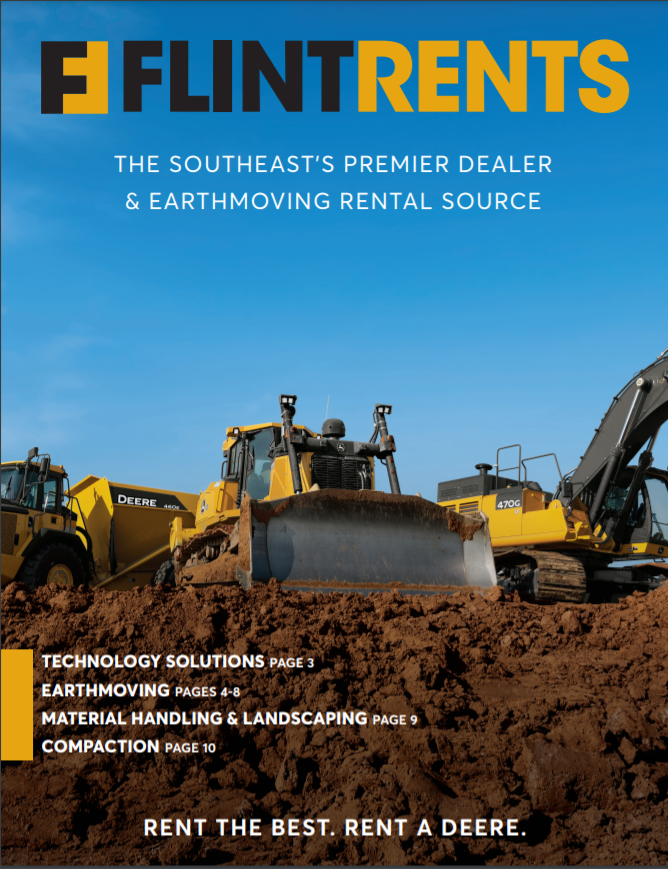Boom Lift Rental: Budget Friendly and Dependable Lifts for Any Task
Boom Lift Rental: Budget Friendly and Dependable Lifts for Any Task
Blog Article
Optimize Your Budget Plan by Understanding the Expenses Related To Construction Devices Services
Understanding the complete scope of costs associated with building and construction tools rentals is vital for optimizing your budget plan. What strategies can be used to efficiently manage these costs and guarantee a much more effective rental experience?
Review of Rental Costs
When taking into consideration construction equipment services, comprehending the associated prices is critical for reliable budgeting and task planning. Rental costs can differ dramatically based on numerous variables, including tools kind, duration of service, and area. The first rental charge commonly reflects the devices's market need and its associated operational capacities, affecting the general cost.
Along with the base rental rate, secondary costs may occur, such as transportation charges, gas surcharges, and maintenance fees. It is vital to account for these extra expenses to accurately evaluate the complete cost of leasing devices. The rental period can impact pricing; longer services might certify for affordable prices, while temporary rentals might sustain greater day-to-day fees.

Breakdown of Rental Rates
A comprehensive understanding of rental rates is important for contractors and job managers aiming to enhance their budgets. Rental prices for building and construction tools commonly include a number of components, consisting of base rates, time-based charges, and usage fees.
Base prices are the core fees connected with the leasing of the devices, often determined by the type and size of the machinery. These rates can vary considerably, affected by aspects such as tools demand, schedule, and local market patterns. Time-based charges, which may be daily, weekly, or monthly, serve to suit various job timelines and rental periods.
In addition, rental rates might consist of usage charges, which apply when devices is utilized past a specified limit, guaranteeing that the rental firm can make up damage. Seasonal demand fluctuations can additionally influence rental prices, with peak building and construction periods commonly regulating higher rates.
In addition, comprehending the rental company's plans relating to maintenance and insurance policy can provide further insight right into the general price framework. By evaluating these components, contractors can make educated choices, making certain the option of rental devices straightens with both task demands and budget plan restrictions.
Additional Fees to Think About
Understanding the intricacies of additional costs is essential for specialists to manage their overall rental expenses properly. Beyond the common rental rates, different auxiliary charges can significantly influence the overall expense of equipment service. These charges commonly include shipment and pick-up fees, which can differ based on range and logistics entailed in transferring the tools to and from the work site.
Furthermore, some rental companies may enforce gas surcharges if the tools is returned with less gas than when rented out. It is also vital to know potential cleaning costs, particularly for customized devices that needs detailed maintenance after usage.

Thoroughly examining the rental arrangement and clarifying these extra charges upfront can assist professionals make certain and stay clear of unanticipated prices that budget plans continue to be intact throughout the task lifecycle.
Upkeep and Repair Service Expenses
Normal repair and maintenance costs are commonly overlooked variables that can dramatically influence the overall cost of building and construction devices rentals. When leasing equipment, it is essential to think about not only the rental charges yet also the possible costs related to maintaining the machinery in optimal operating problem.
Many rental firms include basic upkeep as component of the rental contract; however, more considerable fixings or unexpected malfunctions can lead to additional expenses. It's necessary to examine the autonomous construction equipment rental agreement thoroughly to recognize what maintenance services are covered and what responsibilities drop on the tenant.
Furthermore, devices that is not well-kept can bring about inefficiencies at work site, potentially causing hold-ups and boosting task prices. To alleviate these dangers, it is recommended to carry out normal evaluations and preserve open interaction with the rental service provider regarding any type of concerns that occur throughout use.
Insurance Policy and Obligation Costs
Insurance coverage and liability prices are important parts that can significantly affect the general cost of building and construction devices services (aerial lift rental). These costs make sure that both the rental company and the client are safeguarded from prospective economic losses emerging from mishaps, damages, or theft throughout the rental duration

Additionally, customers need to understand any deductibles or exemptions in the insurance plan, as these can influence potential out-of-pocket costs. Understanding the conditions of any insurance policy protection is crucial to prevent unexpected prices. Ultimately, budgeting for insurance and obligation expenses can help make certain a smoother rental experience and safeguard versus monetary risks connected with building jobs.
Verdict
In verdict, a comprehensive understanding of the expenses linked with building and construction tools services is necessary for effective spending plan administration. Eventually, informed decision-making concerning equipment services contributes to the total success of construction undertakings.
Rental expenses can differ considerably based on several aspects, consisting of tools type, duration of leasing, and area (boom lift rental). The rental duration can influence prices; longer leasings might qualify for affordable rates, while temporary rentals could incur greater day-to-day charges
By performing extensive research study and engaging with grader blade for tractor reliable rental firms, contractors can properly navigate the complexities of rental rates, ultimately optimizing their economic resources.
Beyond the common rental rates, numerous auxiliary charges can significantly impact the complete cost of tools service. Rental firms frequently supply responsibility insurance policy that covers injuries more helpful hints to 3rd events or damage to residential property, while equipment damages insurance can cover the price of repair services or substitute if the rented tools is damaged.
Report this page